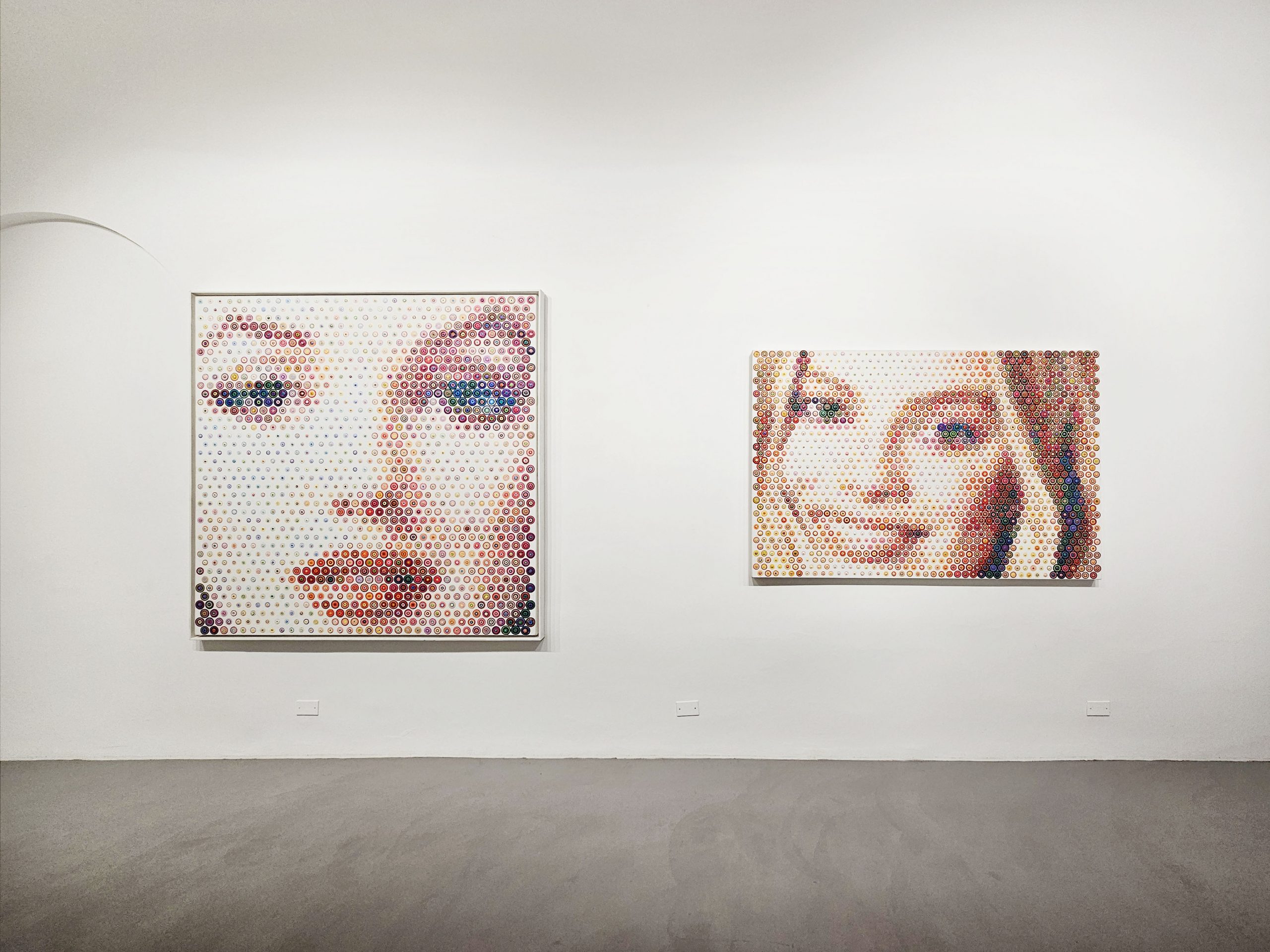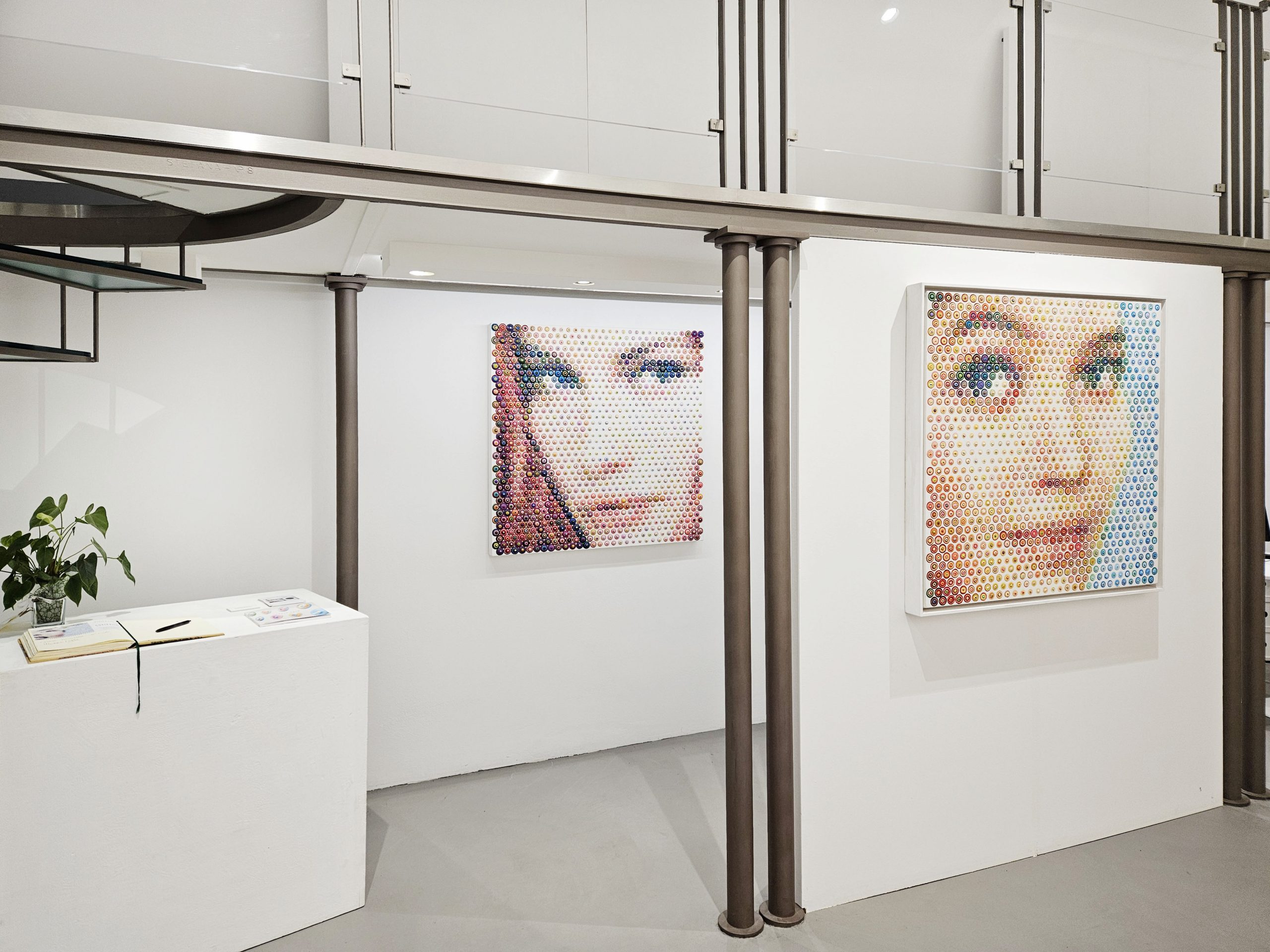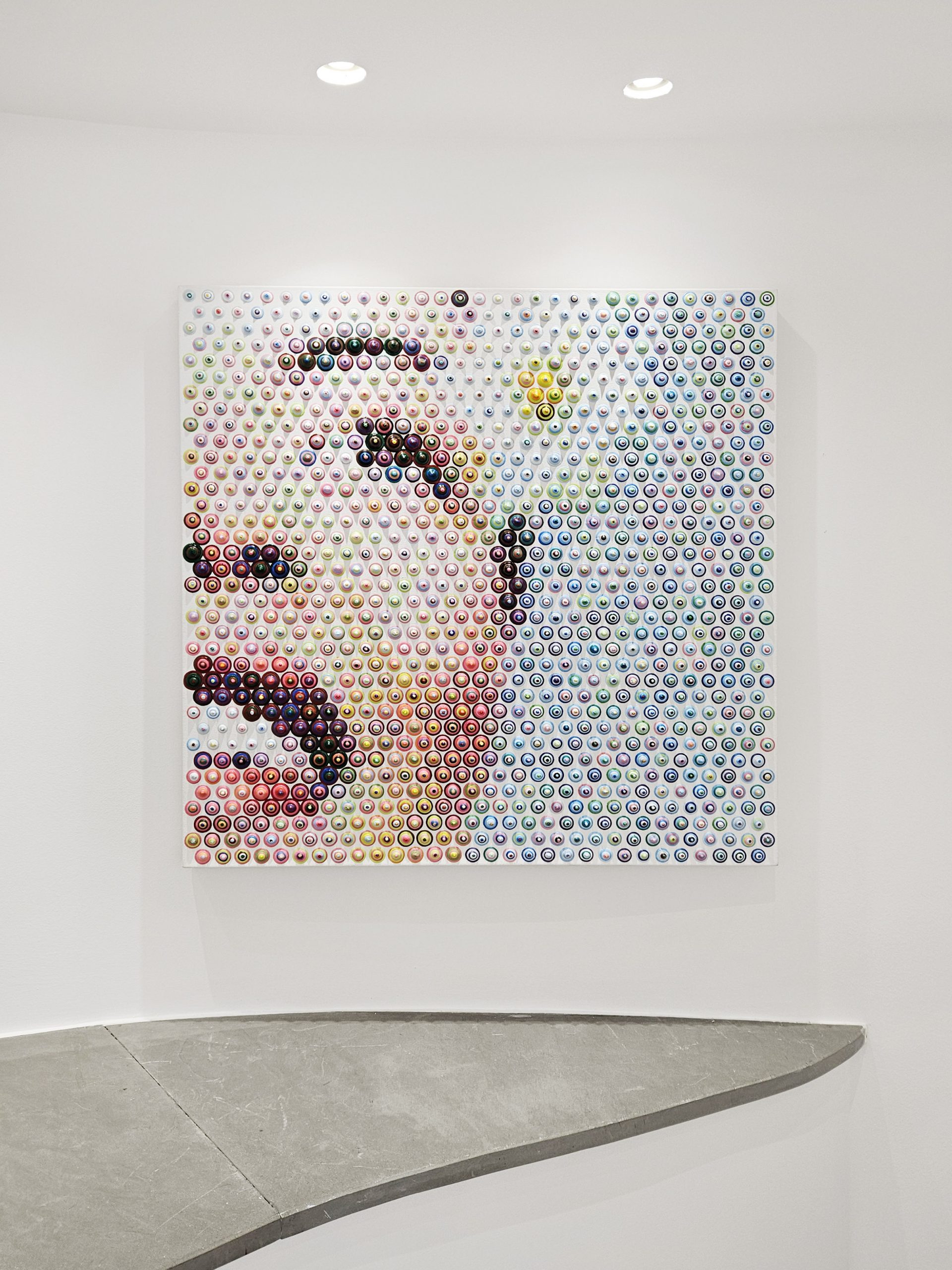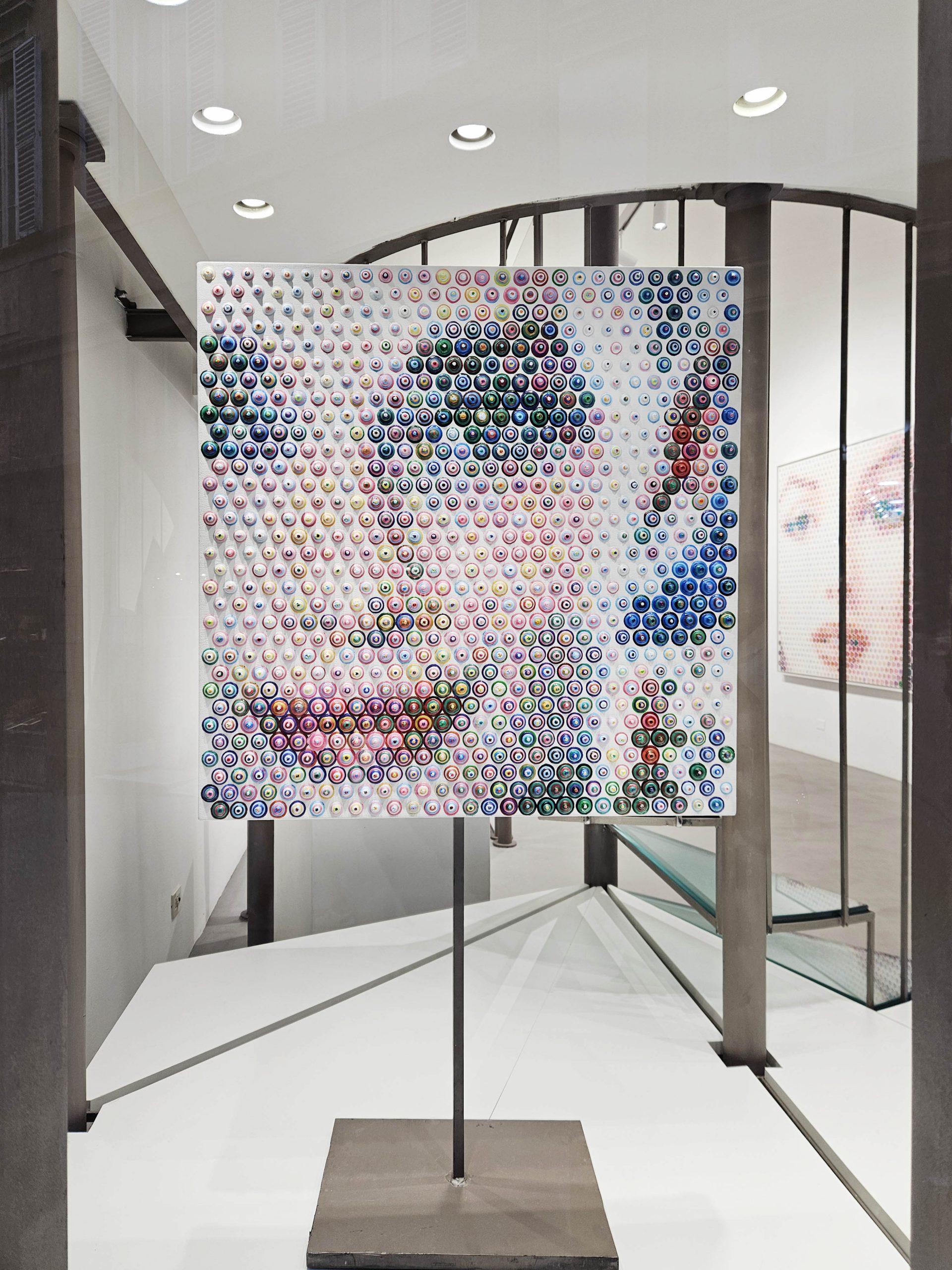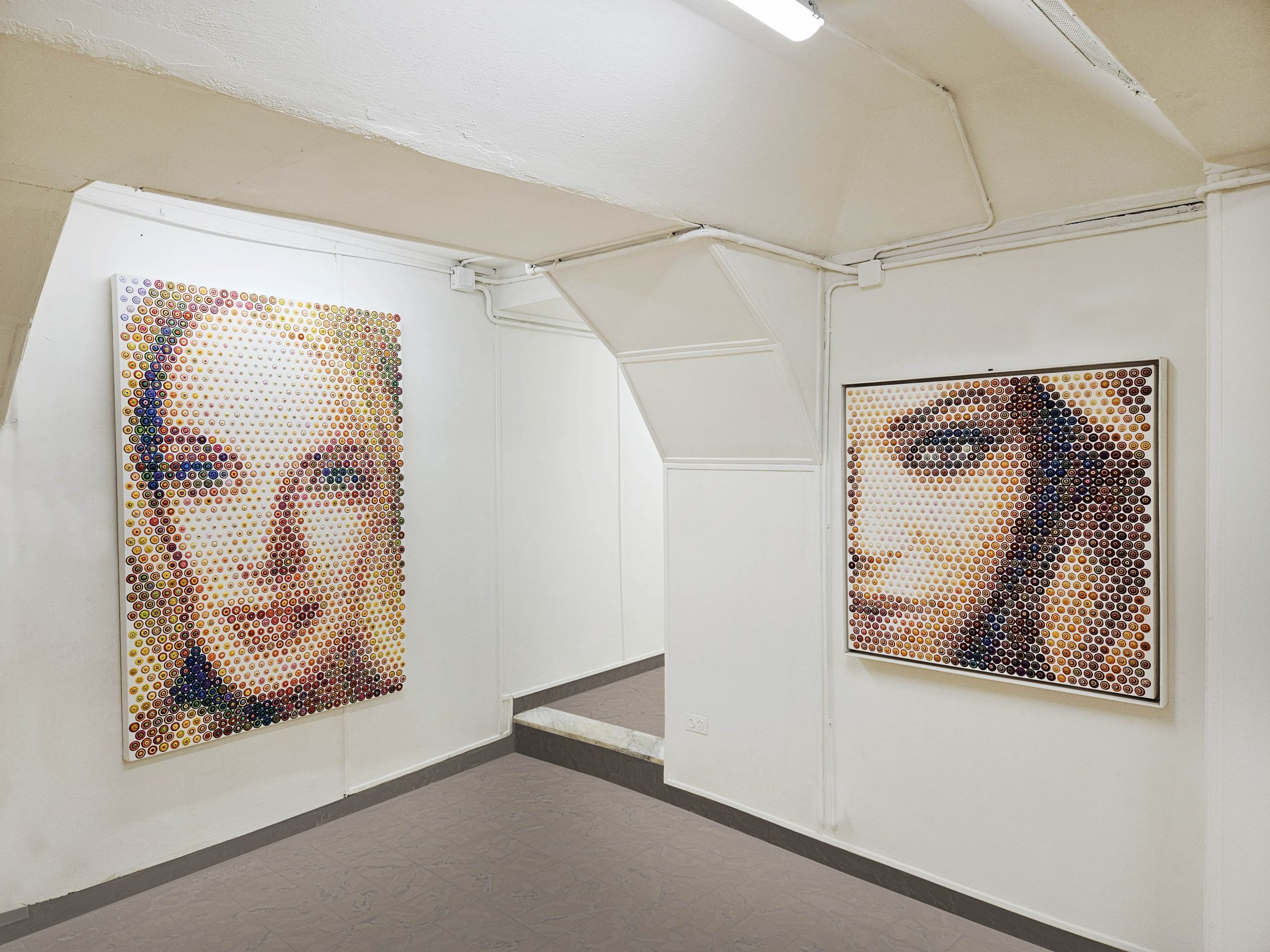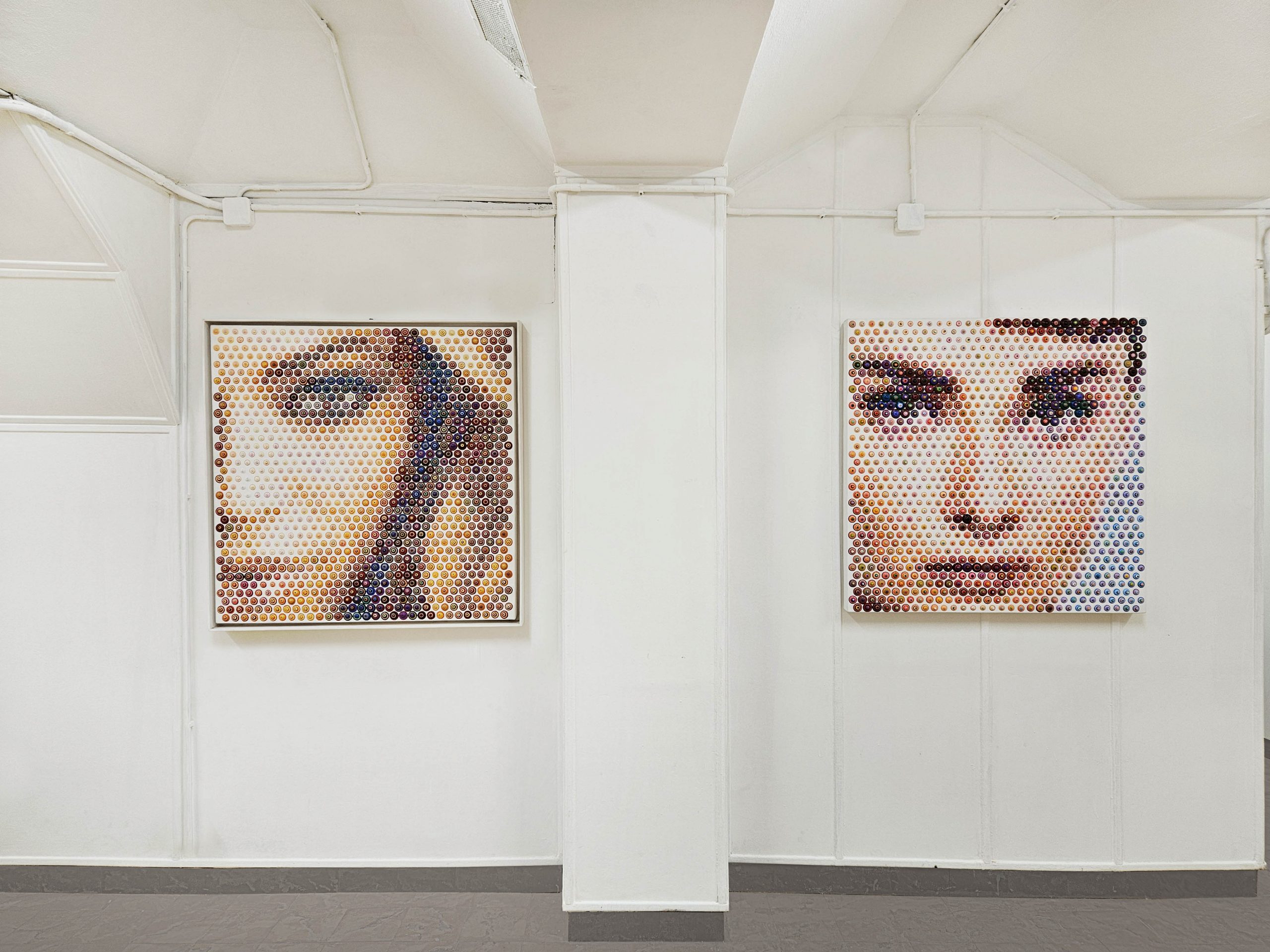APRIL 12, 2024 | VIA DI CITTÀ, 49 SIENA
April 12th – May 19th 2024
“Portraits”, solo exhibition by the artist Gavin Rain.
“I’m always asked about technique. Always. It’s usually the first thing people ask me.
Artists go on a lot about what their work means. This isn’t as interesting to everyone else as they think.
So in this essay I’ll talk about how I do what I do.
Please – feel free to wander off at any point: The process is a long one, with many steps. It’s probably easier to handle over a period of days (such as it takes me) rather than to get through it all in one go. I mean, I hope you don’t wander off.
I just won’t blame you if you do.
This method of working took me a year or two to develop. It then took me another year or two to improve. In fact I’m still working on it.
Most of the art, at least for me, is in the preparation. The decisions I make before I even go near a paintbrush. In fact, by the time I do go near one the painting is already done in my mind. Well, not in my mind – that sounds like I’m some sort of mad genius. I’m not. But what I’m trying to say is that it’s all planned out.
I guess what I’m getting at here is that I have used many methods in the past. The one I’m about to take you through is representative of my thinking. Here and there some of the steps change from time to time. But here I’m taking you through the mathematics. Through the art. Well they’re the same thing. Basically: through the hidden detail. That’s the part of my art where I live anyway.”
Gavin Rain (Cape Town, 1971) is considered one of the greatest contemporary representatives of neo-pointillism or pixelism. He arrived to this in 2004 also thanks to his studies in art and neuropsychology and his interest in mathematics.
A long multi-year study allows him to develop a personal technique which, through the use of acrylic, simulates pixels in the construction of the image as if the canvas were a television or PC screen.
The distance between the dots that will recompose the image refers to the “pseudo digital”, a terrain where the research on the size and distance of the pixels – which the artist simulates with small concentric dots of acrylic paint, in different colors and forms – joins the theory of neuroscientific perception.
Rain has created more than 14,000 different dots of color as a list, from which he draws for his works. The work concerns not only the choice and magnitude of point colors but also their relationship with the white space of the underlying canvas. Image and image reception are two inseparable elements in the information age and Rain assumes the paradigm as an artistic motto.
The participation of the viewer, not only as a vision but as a body in movement, is a fundamental aspect of Rain’s work. Thanks to its movement within the exhibition space, the work passes from an abstract stage to a concrete image – and vice versa. The distance from the observation point, the depth of vision, the condition of the light and the perspective become interactive elements and act on the fruition of the work up to the complete recognition of the image.
Rain’s goal is to broaden people’s visual and cognitive horizons by showing them the fantastic and the impossible. Combining his origins, his studies, his attitudes and his personal talent, Rain has invented an art that is both unique and participatory. Anyone who looks at one of his paintings can perceive the convergence of two opposing pictorial styles: the abstractness of the multitude of colored concentric circles that gather in dense and imperfect points in relief, and the figurative aspect of the image which is defined by the sum of these same points as the viewer takes a few steps back. It is precisely in this backing-off that the message intended by the artist is found: to gain awareness of something that is hidden but right in front of your eyes, or hidden in plain sight, you have to move away by moving backwards. His art is a clear invitation to “detach”, to create a certain distance in life, because, as Gestalt psychology maintains, the whole is greater than the sum of the parts.
His international fame has led him to become one of the leading artists on the contemporary South African scene, so much so that FIFA commissioned the artist 12 portraits for the 2010 FIFA World Cup, held in South Africa. Contemporary paradigm and pointillism, abstract and figurative, technical mastery and in-depth scientific studies, together with the involvement of the viewer and admirable attention to the exhibition space, make Gavin Rain a unique artist on the contemporary art scene.
In 2011 he took part in the 54th Venice Art Biennale in the Pavilion of the Republic of Costa Rica with a portrait of the Nobel Peace Prize winner, Aung San Suu Kyi. In 2013 he presented a work entitled Lena for the pavilion of the Republic of Bangladesh.


